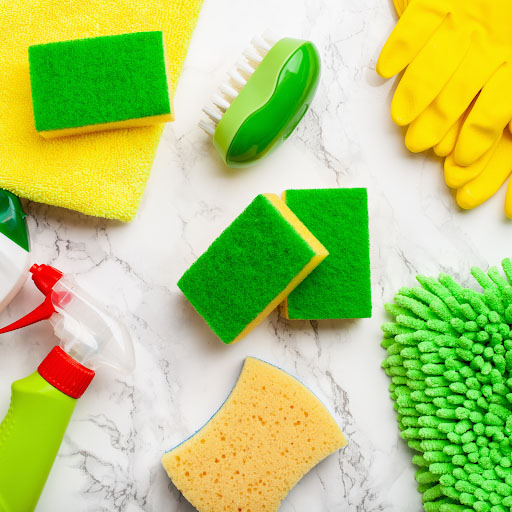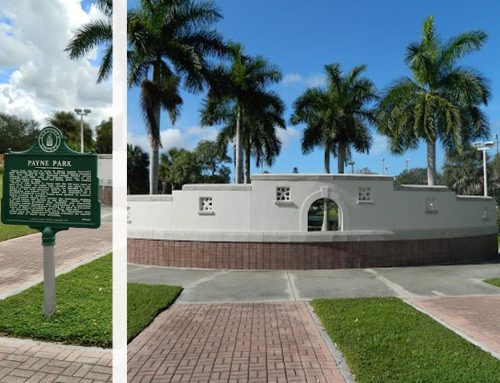Marble is a soft stone with a colorful layered pattern that looks similar to your favorite ice cream. This metamorphic rock has been used in everything from Michelangelo’s David, to The Lincoln Memorial, and perhaps even for your kitchen counter. But despite being a strong building material marble has a weakness – its porous surface. Marble is highly susceptible to staining and will expose your most heinous coffee spills.
You may think common cleaners like Windex, bleach, or descaler would remove hard acidic stains without consequence but you would be wrong. These cleaners can cause irreparable damage to your shiny marble surface, also known as etching. (Warning: Acidic-based substances can stain and dissolve just about any stone and it can be especially hazardous to marble.) Etching can scuff and disintegrate your stone and that’s why cleaning and sealing marble is paramount to preserving its beauty and avoiding serious damage.
Due to its beauty and durability, marble remains a favorite element for artists, architects, and creators, so we see it often in some of the most opulent structures. However, it is significantly inexpensive to maintain. Here are a few basic guidelines for nursing your marble stone back to its original brilliance.

Dish Soap???
This might come as a surprise but the overall best cleaning agent for your pricey marble is soapy warm water. Yes, it may seem basic but its neutral pH level is perfect for removing light stains without etching or scuffing the surface. This method is the best for neutralizing any immediate exposure such as lemon juice, coffee stains, or any acidic-based substances and is most commonly used on counter tops or flooring. Just place soapy warm water in a spray bottle and start cleaning with a clean cloth.
Marble Cleaning Kit:
In cases where your marble is stained and has lost its luster, a cleaning kit is an ideal option. A typical marble cleaning kit includes a cleaning agent and polishing agent. More expensive kits offer additional tools including special stones or powered polishers. The cleaning agent is traditionally a liquid or powder substance that is formulated to remove rings, scratches, or etching. The second stage is a polishing liquid or cream that will both recondition and seal your stone. The sealant is very important because it works like Teflon on an omelet pan, it protects and prevents any future penetration from acid substances.
Trusted Restoration Service:
Working with a professional restoration service is typically the preferred choice for many people. Whether you have a priceless artifact that requires delicate care, a luxury space with lots of marble, or a severely damaged area of marble professionals have a better understanding of which products and methods can work best for your situation. In addition, working with a professional restoration team can save you time, and avoid you experimenting with your precious stone.
All of these options can bring your stone back to life, but to maintain the original luster and finish of your marble it is recommended you routinely seal the surface. Depending on the level of exposure consider waiting no longer than 1 year before resealing, for countertops it’s recommended you seal every 3 – 6 months.
With over 20 plus years of experience in restoring everything from city monuments to family markers, AGG Restoration is the leader in rehabilitating stone and metal.






